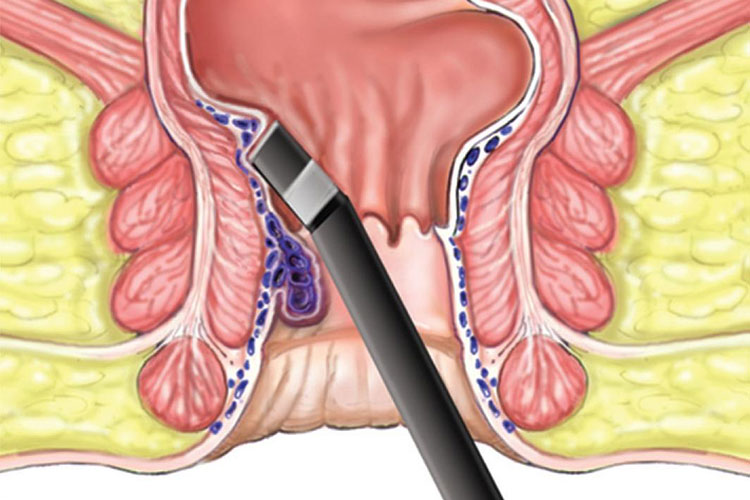Anal Fissure : Anal fissure is a cleft of the cover (mucosa) at the breech outlet, usually from the posterior wall (coccyx velocity). This wound happens on the external astringent breech muscle. During each defecation, the stool irritates the adele. Thus, involuntary contraction (spasm) occurs in pain and muscle. This contraction in the adele delays the healing of the crack. As a result, a vicious cycle of wound-pain-spasm-wound occurs.
In Whom Is It Seen?
In people with long-term constipation problems
In people who have diarrhea very often
For women who have given birth
In patients with hemorrhoids
In inflammatory bowel diseases such as ulcerative colitis and Crohn’s
What are the symptoms?
Tiresome pain during and after defecation
Blood in the form of streaks in the stool
Itching and burning in the breech
Protrusion from the hand in the anus (such as nipple)
Diagnosis (diagnosis):
The patient’s history and examination of the anus are usually sufficient for diagnosis. Finger examination can be painful. Sometimes anoscopic and rectoscopic examination may be required.
Treatment : Medical Treatment: Avoiding constipation (diet with pulp, stool softening drugs), warm sitting baths and serious medical treatment in patients diagnosed at an early stage provide treatment by preventing the chronic development (inveteration) of the fissure.
Interventional Treatment: If there is no improvement within a few months, it means that the fissure has become chronic, the treatment is surgery. The spasm-formed astringent November muscle surrounding the anus is relaxed and this procedure is called Lateral Internal Sphincterotomy.
Local anesthesia is required.
The average attempt time is less than 5 minutes.
The patient can be discharged on the same day.
Anal Fistula: A Decoupled pathway that forms between the anal canal and the skin around the anus. The most common cause is abscesses that form in this area. It can be low-level or high-level.
What are the symptoms?
Yellow, dirty discharge in a way that contaminates underwear
Itch
Pain
Bleeding from time to time
Feeling of mass around the anus
In whom is it seen?
In people who have abscesses around the anal region and have already formed.
In patients with hemorrhoids
In those with chronic anal fissure
In those who have symptoms of a systemic disease (Crohn’s disease, Ulcerative colitis, Tuberculosis, etc.).
Diagnosis (diagnosis)
The examination is usually sufficient. The mouth of the fistula in the breech is seen only by anoscopic examination. In complicated fistulas, radiological imaging methods are needed (such as fistulography, rectal ultrasonography).
Treatment: It is surgery. It depends on the location of the fistula, its low or high level.
Some of the methods applied;
Fistulotomy: It is the opening of the fistula path and leaving it to heal secondary.
Fistullectomy: It is the surgical removal of the fistula tract.
Seton application
General anesthesia is required.
The average attempt time is about 15 minutes.
The duration of hospitalization is 1 night.

